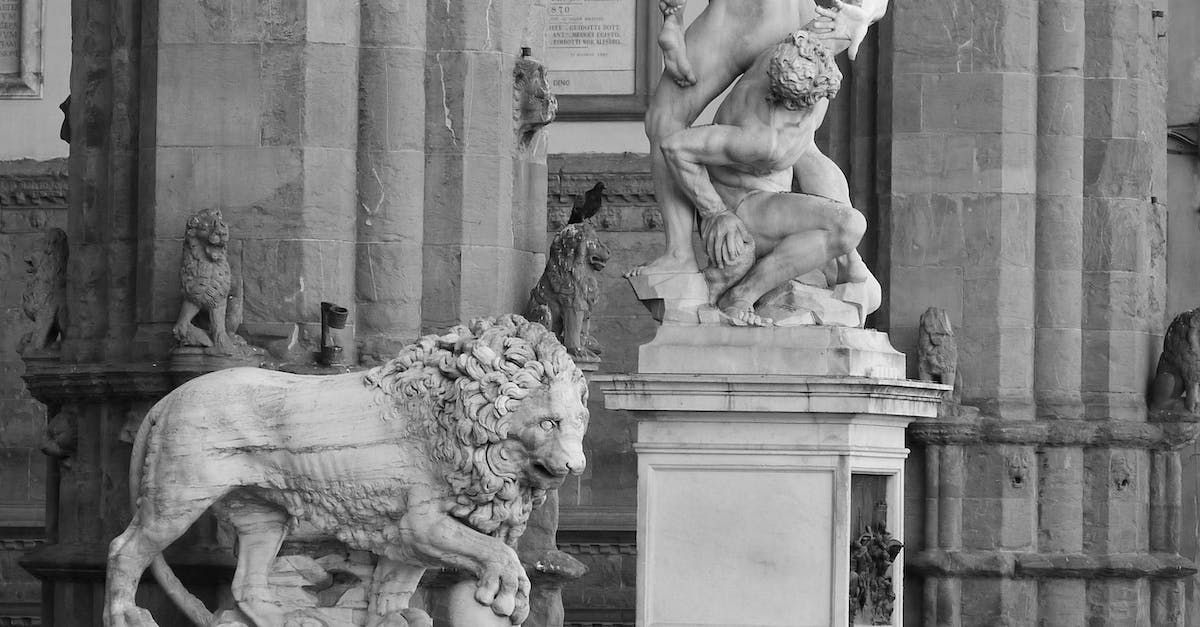Ancient Greek Geometric Ceramics: Unlocking the Mysteries of Art and Society
Ancient Greek art encompasses a rich tapestry of styles and periods, each contributing to the cultural and artistic legacy of the civilization. Among these, the Geometric period stands out as a time of artistic transition and innovation. One of the most captivating and influential forms of art from this period is the Geometric ceramics. This article delves into the world of Ancient Greek Geometric ceramics, exploring their distinctive characteristics, significance, and the insights they provide into the society and culture of the time.
The Geometric Style:
The Geometric period in ancient Greek art lasted from around 900 to 700 BCE, following the Dark Ages. During this time, Greek artisans began to move away from the abstract and stylized art of the preceding era, embracing a new geometric style characterized by intricate patterns, repetitive motifs, and a fascination with geometric shapes.
Distinctive Characteristics:
Geometric ceramics were primarily used as vessels for storage, serving, and funerary purposes. They were crafted with precision and adorned with elaborate geometric patterns and motifs. The most common motifs included zigzags, concentric circles, meanders, swastikas, and stylized animals such as horses, birds, and lions. The surfaces of the ceramics were divided into distinct registers or bands, with the lower registers often featuring scenes of mourning or burial rituals.
Symbolism and Meaning:
Geometric ceramics were not merely decorative objects; they held symbolic significance in ancient Greek society. The repetitive patterns and motifs are believed to represent a language of symbols, conveying messages and ideas to the viewer. For example, the zigzag motif, known as the "Greek key," symbolized infinity and eternal flow, while the meander motif represented the eternal journey of life. These symbols were infused with religious, social, and philosophical connotations, offering glimpses into the beliefs and values of the time.
Insights into Ancient Greek Society:
The study of Geometric ceramics provides valuable insights into the society and culture of ancient Greece. The vessels were often used in funerary contexts, indicating the importance of death rituals and the belief in an afterlife. The scenes depicted on the ceramics, such as funeral processions and mourning figures, shed light on burial practices, social hierarchies, and communal mourning traditions of the period.
Moreover, the intricate patterns and motifs on the ceramics reflect the significance of geometric designs in Greek art and daily life. The precision and attention to detail showcased the Greeks' interest in order, symmetry, and balance. These artistic choices also highlight the craftsmanship and technical skills of the potters, revealing the level of artistic achievement during the Geometric period.
Legacy and Influence:
The impact of Geometric ceramics extends beyond the period itself. The artistic language and motifs developed during this time would continue to evolve, laying the foundation for later styles in ancient Greek art, such as the Orientalizing and Archaic periods. Additionally, the geometric patterns and motifs found on Geometric ceramics would re-emerge in later art movements, including the decorative arts of the Byzantine and Islamic periods.
Ancient Greek Geometric ceramics hold a special place in the artistic and cultural legacy of ancient Greece. With their intricate patterns, symbolic motifs, and insights into societal practices, they provide a fascinating glimpse into the beliefs, values, and artistic sensibilities of the Geometric period. By studying these captivating ceramics, we unravel the complex tapestry of ancient Greek society, appreciating the skill and creativity of the artisans who left their mark on the pages of history.











